Journey back to the Middle Ages (1200-1450), a period when the Church’s influence reigned supreme. From humble parish priests to powerful bishops, the clergy—those who dedicated their lives to the Church—were not merely religious figures but integral players in the very fabric of society. This article delves into the multifaceted roles of the clergy, their impact on medieval life, and the complexities they faced.
Unveiling the Power and Influence: What Did the Clergy Really Do?
To understand the medieval clergy, one must look beyond the pulpit. They were advisors to kings, caregivers to the sick, and educators shaping young minds. Let’s explore their diverse roles:
Guardians of the Soul
The clergy were, first and foremost, spiritual leaders. They conducted weekly Mass, administered sacraments like baptism and marriage, and offered guidance through confession. Parish priests, the most visible clergy in local communities, were often the primary source of comfort and solace in a world often marked by hardship and uncertainty.
Pillars of Knowledge
Imagine a time before the printing press, where knowledge resided within the hallowed halls of monasteries. Monks, dedicated to a life of study and prayer, meticulously copied manuscripts—preserving ancient texts and ensuring the survival of classical knowledge. They were the librarians and scholars of their time, shaping the intellectual landscape of the Middle Ages.
Advisors to Power
High-ranking clergymen, particularly bishops and archbishops, wielded significant political influence. They served as trusted advisors to monarchs, counseling on matters of law, governance, and international relations. Their counsel was sought after, reflecting the interconnected nature of religious and secular power during the medieval period.
Patrons of the Arts
The grandeur of medieval cathedrals, adorned with intricate stained glass and awe-inspiring sculptures, stands as a testament to the clergy’s patronage of the arts. They commissioned breathtaking works of art, encouraging artistic expression and leaving behind an enduring legacy that continues to inspire today.
The Clergy’s Impact on Medieval Society: From Literacy to Law
The clergy’s impact extended far beyond the walls of the Church, shaping social structures and influencing daily life:
- Education and Literacy: In a largely illiterate society, the clergy held a near-monopoly on education. Monasteries housed schools, and the clergy played a pivotal role in the emergence of universities—institutions that would become cornerstones of intellectual life.
- Social Welfare: Monasteries and churches often served as makeshift hospitals and shelters, offering care to the sick, poor, elderly, and orphaned. Their work highlights the Church’s commitment to social welfare and its role in providing a safety net for the vulnerable.
- Law and Order: Religious law, heavily influenced by the Church, played a significant role in shaping secular law. The clergy held their own courts, adjudicating matters related to marriage, heresy, and other aspects of moral conduct.
Beyond the Robes: A Glimpse into the Lives of Medieval Clergy
The lives of the clergy were as varied as the roles they inhabited.
Parish Priests: Serving the Community
The life of a parish priest was deeply intertwined with the community he served. He was a familiar face, present at key life events, offering comfort in times of need, and providing spiritual guidance. While some historians suggest their lives were marked by poverty, others argue that their social standing varied considerably depending on the wealth of their parish.
Monks and Nuns: A Life of Contemplation
Monks and nuns, residing in monasteries and convents, dedicated themselves to a life of prayer, study, and manual labor. Their days were highly structured, emphasizing spiritual discipline and communal living. [https://www.lolaapp.com/tithes-ap-world] often supported these communities, and in turn, monasteries became centers of learning and scholarship.
Challenges and Controversies
Despite their influence, the clergy were not immune to criticism. The Church’s wealth, coupled with instances of corruption and abuse of power by some, fueled calls for reform. The clergy also found themselves navigating complex relationships with secular rulers, sometimes leading to power struggles and conflicts of interest.
A Legacy in Stone and Spirit
The medieval clergy left an indelible mark on Western civilization. Their influence can still be felt in the grandeur of gothic cathedrals, the continued relevance of religious institutions, and the ongoing dialogue between faith and reason that shapes our world. While our understanding of their lives continues to evolve through ongoing research and new discoveries, exploring their story offers a captivating window into a bygone era.
- Unveiling the Enigma: Mansoureh Khojasteh Bagherzadeh’s Public Appearances & Private Life in Iran - July 18, 2025
- Unveiling the Mystery: Mansoureh Khojasteh Bagherzadeh’s Husband: A Rare Glimpse into a Private Life - July 18, 2025
- Unveiling Masoud Khamenei’s Mother: Power, Influence, and Iran’s Future - July 18, 2025
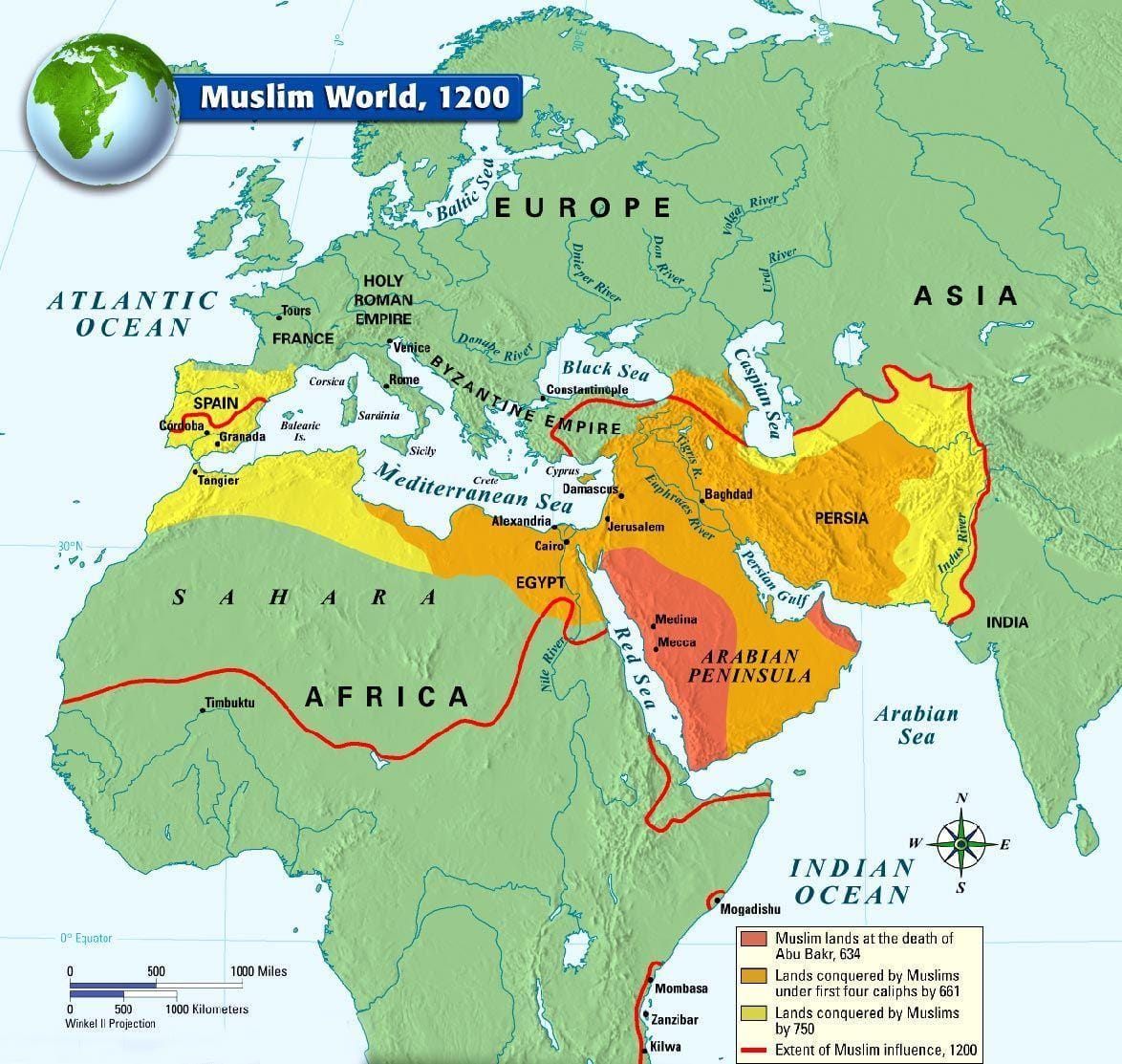
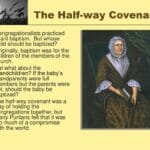

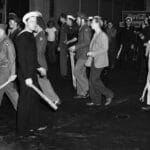

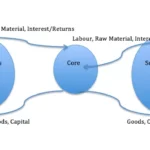
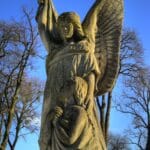










1 thought on “The Medieval Clergy (1200-1450): Power, Piety, and Life in the Shadow of the Church”
Comments are closed.